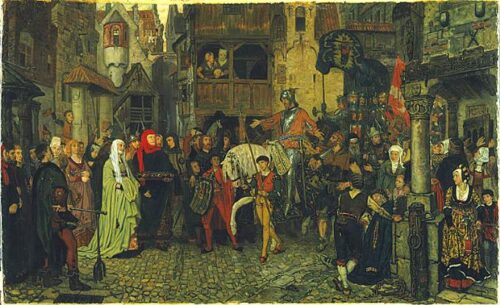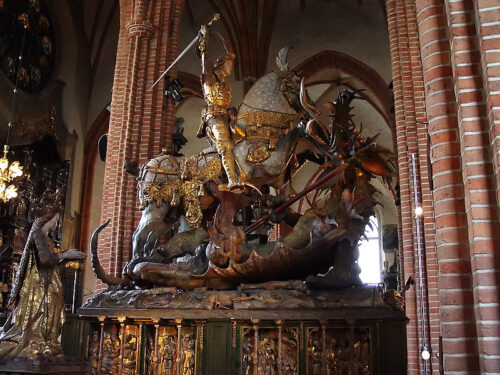Childhood
Magnus IV of Sweden is crowned in 1336 at Stockholm, King of both Norway & Sweden, extending for a short time the Swedish dominance beyond its usual borders. He would build the royal citadel according to his needs in a form that would give the castle its name Tre Kronor “Three Crowns”). In 1343 the youngest son of Magnus IV, Haakon VI becomes King of Norway & King of Sweden after the death of his older brother Eric XII in 1359. In 1364 however, the members of the Swedish Council of Aristocracy, banished from the country after a revolt against Magnus IV, seek the support of Albert II Duke of Mecklenburg & the Hanseatic cities to dethrone their King.
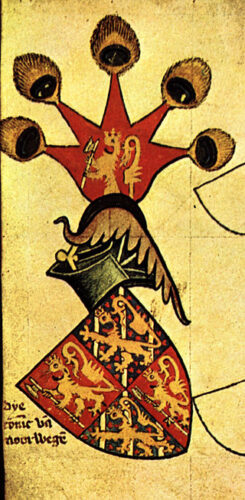
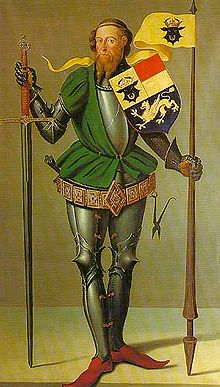
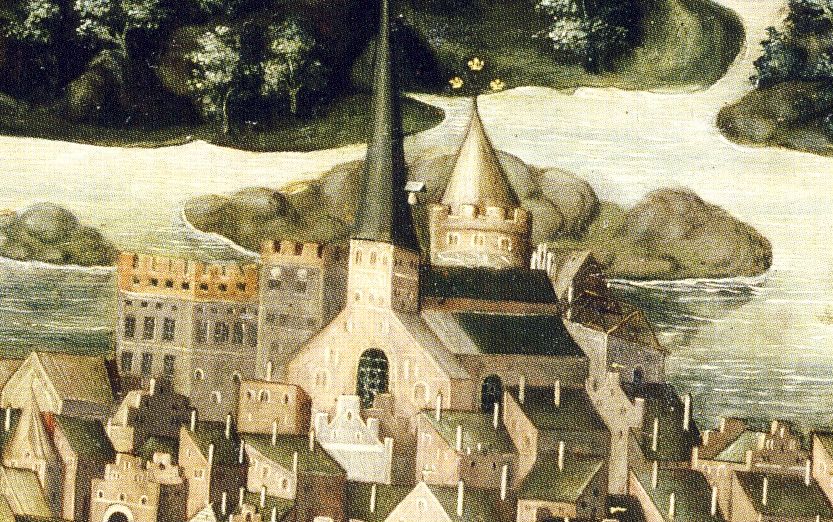
Stockholm with a large Hanseatic population welcomed the intervention & Albert II’s son Albert is crowned new King of Sweden in 1364. The arrival of Albert led to eight years of civil war in Sweden between the supporters of Albert & Magnus IV. In 1365 Magnus IV’ forces supported by Haakon VI of Norway (his son) are defeated by Albert’s German army. In 1371 the combined army of Valdemar IV of Denmark and Haakon VI lay siege to Stockholm. With the help of Swedish nobility of Stockholm Albert manages to keep the city & secure the Swedish crown. Albert kept the Swedish crown for 19 years until he tried to reduce the extent of the estates of the Swedish nobility. Stockholm’s nobles who felt betrayed, turned to Margaret I of Denmark for support. In 1389 the Danes defeated Albert at the Battle of Åsle opening the way for the Union of Kalmar that would unify the three Nordic Kingdoms under a common regent with a Treaty signed in 1397.
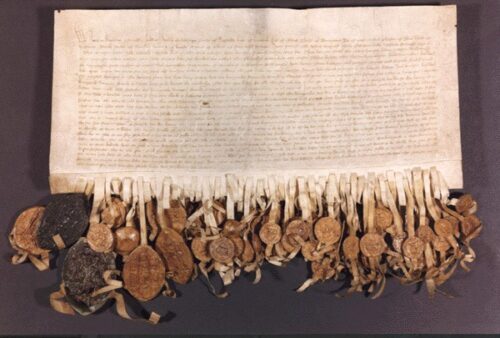
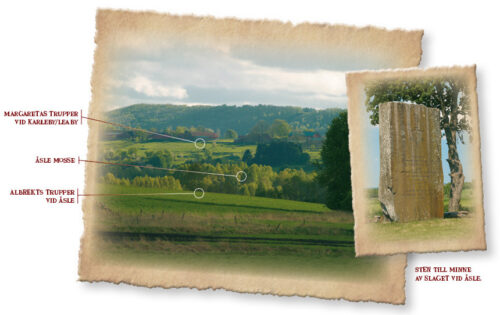

Although Stockholm became the official capital of the Swedes in 1419 a decision that clearly based on the strategic location and proximity of Stockholm to Copenhagen, the Kalmar Union soon appeared to be nothing more than an unhappy marriage with the first hostilities between the unified countries occurring in the 1430’s. The frequent warfare of the Danes on several territories of Northern Germany affected Swedish exports with continental Europe & since the collection of taxes continued uninterrupted, indignation of the Swedish nationals was not a surprise. In 1434 a rebellion led by Swedish nobleman Engelbrekt Engelbrektsson against Eric of Pomerania, King of Kalmar Union, resulted in the deposition of Eric & the bitter end of the union for the Swedes. That didn’t mean the Danes would let Sweden go without a serious fight.
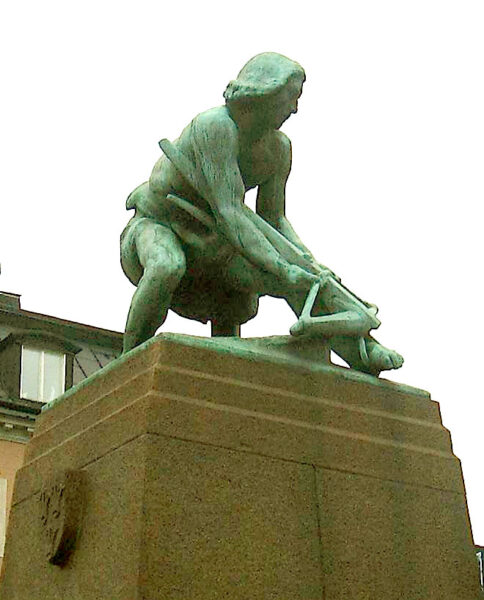
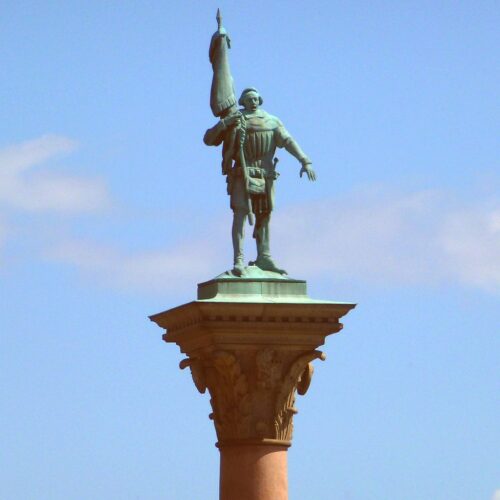

Another episode of the bad divorce unfolded in 1471 when Sten Sture the Elder, was elected regent of Sweden by the Swedish Privy Council advocating the formal Swedish secession from the Kalmar Union. In response to the election Christian I of Denmark sailed to Sweden with a military force that was defeated at the Battle of Brunkenberg near Stockholm. Alas that wouldn’t be the end of it.
